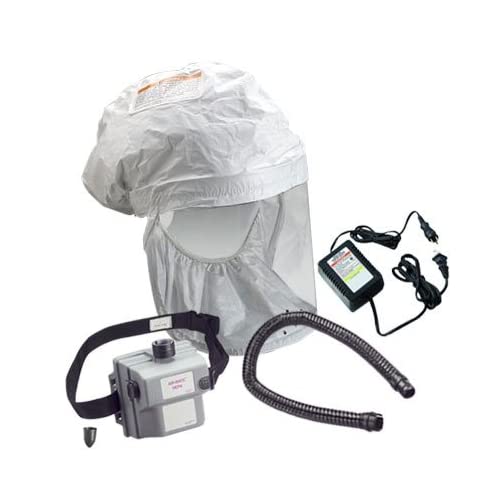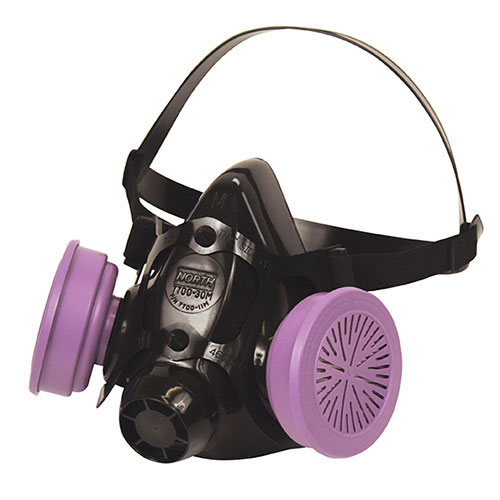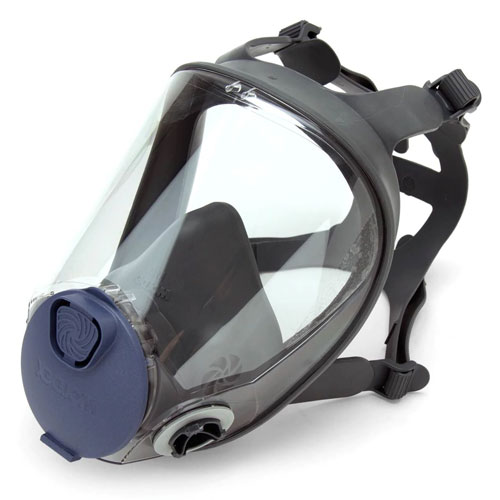
Fit tests are either quantitative or qualitative. A quantitative fit test uses a machine to provide a numeric assessment of how well a respirator fits a particular individual by measuring the actual amount of leakage into the respirator. A qualitative fit test, on the other hand, is a non-numeric pass or fail test that relies on a respirator wearer’s response to whether or not he or she detects the presence of a test substance (e.g., irritant smoke) when wearing a particular respirator.
Full facepiece respirators and half facepiece reusable respirators need to be quantitatively fit tested when used in environments where the contaminant concentration exceeds ten times the permissible exposure limit, or the “Assigned Protection Factor” (APF) calls for a fit factor greater than 100.
Our experienced respiratory technicians conduct tens of thousands of fit tests per year. Give us a call, send us an email or complete the questionnaire below for your personized quote. We will be glad to help.
We offer on-site fit testing and pulmonary function tests for groups of 5 to 5,000+ people.
We provides services throughout California, Nevada, and Arizona.






© 2021 Arbor Environmental, All rights reserved.